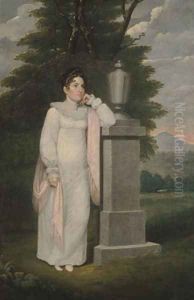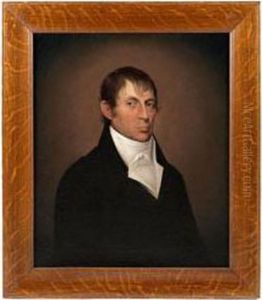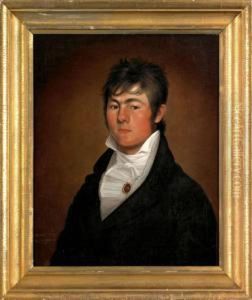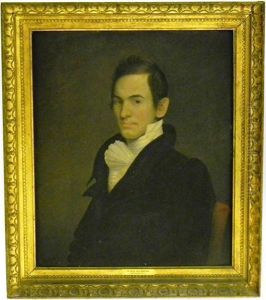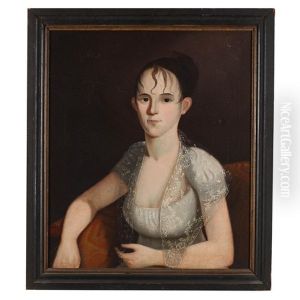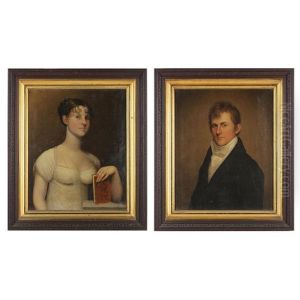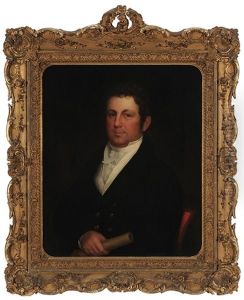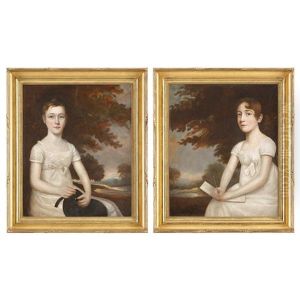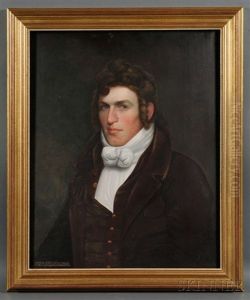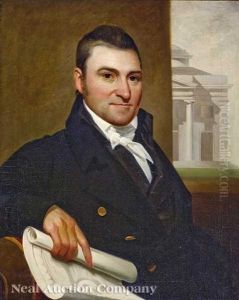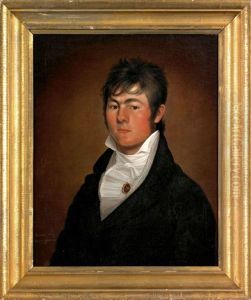Cephas Thompson Paintings
Cephas Thompson was an American itinerant portrait painter born on September 1, 1775, in Middleborough, Massachusetts. He was largely self-taught, developing his skills through an innate talent for capturing the likenesses and personalities of his subjects. His family background was not particularly artistic, with his father being a farmer, yet Cephas showed a keen interest in art from an early age.
Thompson's itinerant career began in the late 18th century, and he traveled extensively throughout the United States, particularly in the New England area, painting portraits of prominent local figures, their families, and middle-class citizens. He was part of a tradition of roving artists who would move from town to town, offering their services to those who wished to have their likenesses captured.
During his career, Thompson visited and worked in states such as Virginia, North Carolina, and as far south as Charleston, South Carolina, where he spent several winters. His portraiture style was influenced by the neoclassical aesthetic, which was popular at the time, and his work is characterized by a sense of realism, a clear palette, and careful attention to detail, particularly in the rendering of fabrics and clothing.
Despite his lack of formal training, Thompson achieved a level of success and was able to support a large family through his art. He married Huldah Morton in 1800, with whom he had ten children. Several of his children, including his sons Cephas Giovanni Thompson and Jerome Thompson, followed in his footsteps and became artists.
Cephas Thompson's legacy includes a significant body of work that provides insight into American society during the Federal and early Republic periods. His portraits are considered valuable historical documents as they reflect the styles, fashions, and cultural attitudes of early 19th-century America. Thompson's works are now part of various collections, including those of historical societies and museums.
He continued painting until his later years, and in addition to his portraits, he occasionally painted historical and biblical scenes. Thompson passed away on August 6, 1856, in Middleborough, leaving behind a rich portfolio that contributes to our understanding of American portraiture and the itinerant artist tradition during his era.
